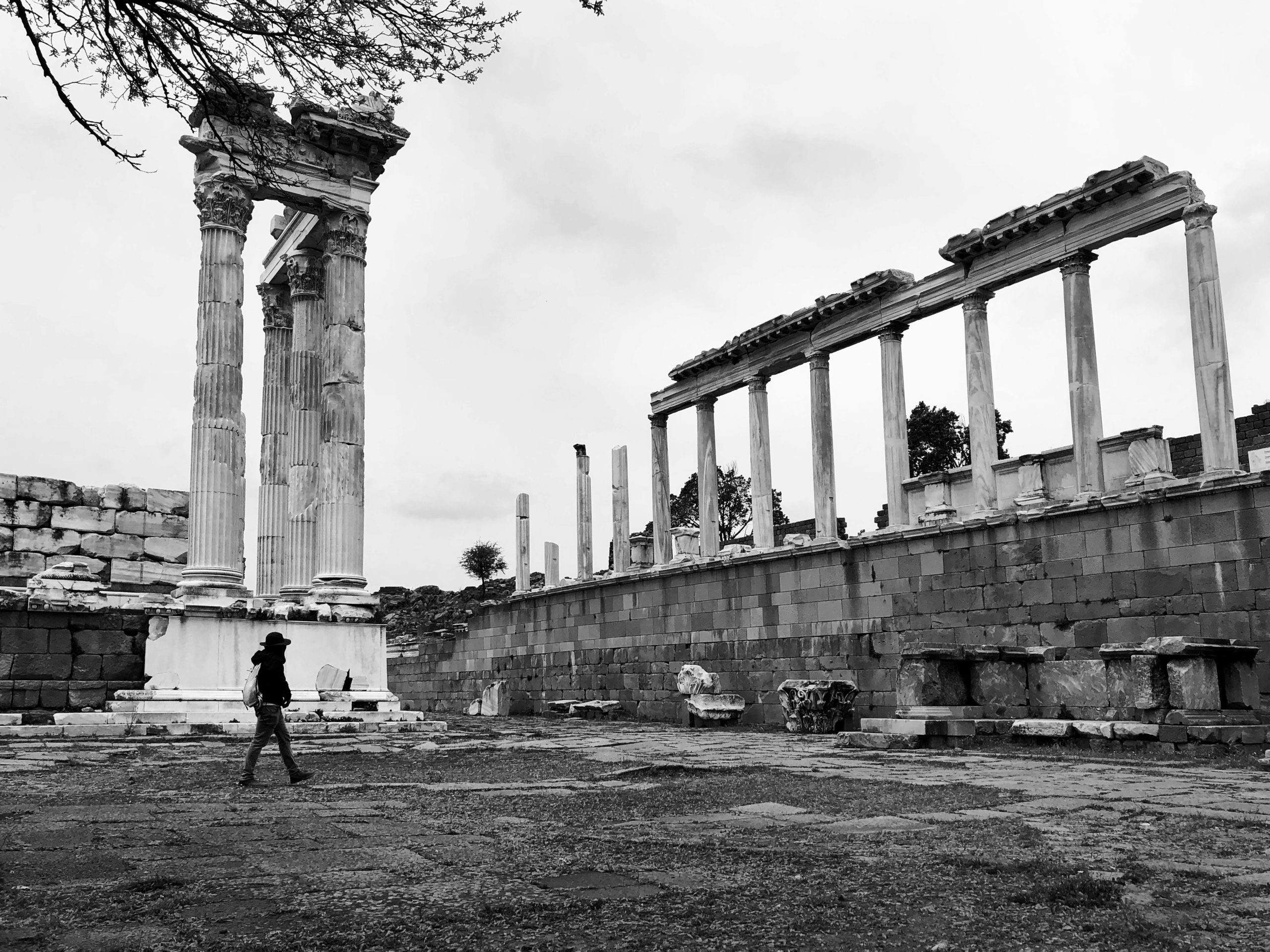Throughout history, countless civilizations have risen to greatness, only to vanish without a trace. These mysterious disappearances have puzzled archaeologists, historians, and enthusiasts for centuries. What caused these once-thriving societies to collapse? Were they victims of natural disasters, warfare, or something even more enigmatic? In this article, we delve into the secrets of ancient civilizations that vanished mysteriously, exploring their legacies and the theories surrounding their downfall.
The Lost City of Atlantis
One of the most famous vanished civilizations is Atlantis, first mentioned by the ancient Greek philosopher Plato. According to his writings, Atlantis was a powerful and advanced island nation that sank into the ocean “in a single day and night of misfortune.” While many believe Atlantis is purely mythical, others argue it could have been inspired by real events, such as the volcanic eruption that destroyed the Minoan civilization on Thera (modern-day Santorini).
Key Theories About Atlantis:
- Natural Disaster: A catastrophic earthquake or tsunami could have submerged the island.
- Minoan Connection: The eruption of Thera in 1600 BCE may have inspired the Atlantis legend.
- Symbolic Allegory: Some scholars suggest Plato used Atlantis as a moral parable about hubris.
The Enigmatic Maya Civilization
The Maya civilization, known for its advanced writing system, mathematics, and astronomy, thrived in Mesoamerica for over 2,000 years. Yet, by the 10th century CE, their great cities like Tikal and Palenque were abandoned. Unlike other civilizations, the Maya didn’t vanish entirely—their descendants still live today—but their classical collapse remains a mystery.
Possible Reasons for the Maya Collapse:
- Drought: Prolonged droughts may have led to food shortages and societal breakdown.
- Overpopulation: Resource depletion from unsustainable growth could have triggered collapse.
- Political Instability: Warfare between city-states may have weakened the civilization.
The Sudden Fall of the Indus Valley Civilization
The Indus Valley Civilization (c. 3300–1300 BCE) was one of the world’s earliest urban societies, with sophisticated city planning and trade networks. Yet, by 1300 BCE, its major cities, like Mohenjo-Daro and Harappa, were abandoned. Unlike other civilizations, there’s little evidence of invasion or warfare, making its decline even more puzzling.
Theories Behind the Indus Valley’s Disappearance:
- Climate Change: Shifts in monsoon patterns may have disrupted agriculture.
- River Diversion: The drying up or redirection of the Ghaggar-Hakra River could have devastated settlements.
- Economic Collapse: A decline in trade with Mesopotamia might have destabilized the society.
The Mysterious Easter Island Civilization
Easter Island, or Rapa Nui, is famous for its massive stone statues called moai. The island’s Polynesian settlers thrived for centuries, but by the time Europeans arrived in the 18th century, the civilization was in decline. Deforestation, overpopulation, and societal collapse are often blamed, but the full story remains unclear.
What Happened to Easter Island’s People?
- Ecological Destruction: Overuse of resources, particularly deforestation, may have led to famine.
- European Contact: Diseases and slave raids after European arrival decimated the population.
- Internal Conflict: Competition over dwindling resources might have sparked warfare.
The Vanished Anasazi of the American Southwest
The Anasazi, or Ancestral Puebloans, built impressive cliff dwellings in the Southwestern United States, such as those at Mesa Verde. By the late 13th century, these settlements were abandoned. Drought and resource scarcity are leading theories, but evidence also suggests social upheaval played a role.
Why Did the Anasazi Disappear?
- Severe Drought: A prolonged dry period may have forced migration.
- Violence: Signs of conflict, including cannibalism, hint at societal breakdown.
- Cultural Transformation: Some scholars argue the Anasazi didn’t vanish but evolved into modern Pueblo cultures.
Conclusion
The disappearances of these ancient civilizations remind us of the fragility of human societies. Whether due to environmental changes, internal strife, or external threats, their stories offer valuable lessons for modern civilization. While we may never fully unravel their mysteries, ongoing research continues to shed light on these enigmatic cultures, keeping their legacies alive in our collective memory.
